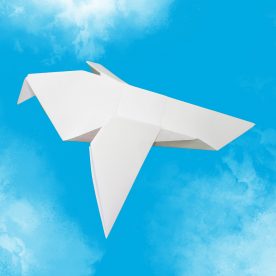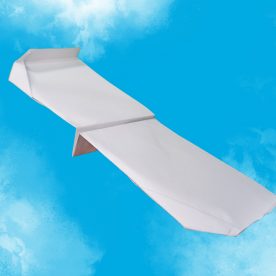Paper Airplane Contests – A Fun Way to Compete
Whether you’re looking for a fun team building activity, or a good way to get your students to collaborate and learn, a paper airplane contest can be a great way to do it. You’ll find out how to plan a fun, competitive event, as well as the tools you’ll need to help your students be successful.
Distance/time table
During paper airplane contests, students are required to record data on different variables. Some of these variables are time and distance. These can be recorded on a CODAP table, in a spreadsheet, or in a scatterplot. The data can be used to analyze trends and assess student understanding.
One of the most important skills in designing a paper airplane is using math. For example, a lighter plane will have a longer flight time. Another measurement of interest is the angle of the throw. There are several types of angles, such as straight ahead, slightly angled, and more angled. If you want to measure a very large distance, use a tape measure or string with regular marks.
The paper airplane competitions have included sample data from a practice competition, along with descriptions of the measurements. This can be a good way for students to make predictions about the event.
Forces that get a paper plane to fly and land
Using a paper plane as an educational tool is a great way to teach students about the forces that are responsible for flight. This includes the forces of thrust, drag, and lift.
The design of a paper airplane plays a big part in how well it will fly. The more streamlined it is, the less drag it has. If it has a large wing, it will generate a higher lift force. This can make it easier for it to get through the air, but it also slows it down.
Some paper airplanes have a lot of drag, making it harder for them to fly. To fix a paper airplane that is stuck or stalling, adjust the elevators. If there is not enough lift, the glider will fall to the ground.
FoilSim
Using NASA’s free paper airplane simulation software, FoilSim, students learn about aerodynamics and the science of paper airplanes. The program lets you explore the effects of speed, area, and thickness on lift and flight. It also provides a simulated view of a wing in a wind tunnel. Its interface guides students through the learning process.
To see what’s possible, students make and test five paper airplanes. They’re assigned a team and a designated plane to fly in a round of competition. They then have to record their results and make a presentation about their design. They may choose to use a stopwatch or tape measure to measure time. A corresponding scoring sheet is also required. The score is recorded for each throw. They also get to keep their completed planes.
Start with an ice-breaker
Whether you are competing in a paper airplane contest or are simply looking for a way to break the ice, a good ice-breaker can help. These fun and easy games can encourage team bonding, build trust, and get people talking. They can also be used in meetings, classrooms, and other social events.
The first ice-breaker you can try is a game in which each member in the group has to pick up a piece of paper. They then need to form the paper into a paper airplane and throw it. They then have to find the original owner of the airplane and introduce them to the rest of the group.
Another ice-breaker that will bring the group together is the backwards name game. This is a great ice-breaker for large groups because it requires everyone to stand in a circle. Once they have formed a circle, the participants should start introducing themselves. They should do so by saying their name backwards.
Clarify to students when and where to fly the airplanes
Using paper airplanes is a great way for kids to learn about aerodynamics. They will learn about four different forces of flight, including lift, gravity, drag and thrust. They will also learn about how to design simple paper planes and spacecraft.
Students will have a chance to test several designs to see which ones are the best. They can use the instructions provided for 4 different types of airplanes. In addition to testing their own designs, they will have a chance to compare the different designs in a group setting.
Some students will already have experience with paper airplanes. Others may be unfamiliar with the concept. However, you should explain the rules of the game to them.
You can help students make paper planes by displaying the proper folding techniques. It will speed up the process.










